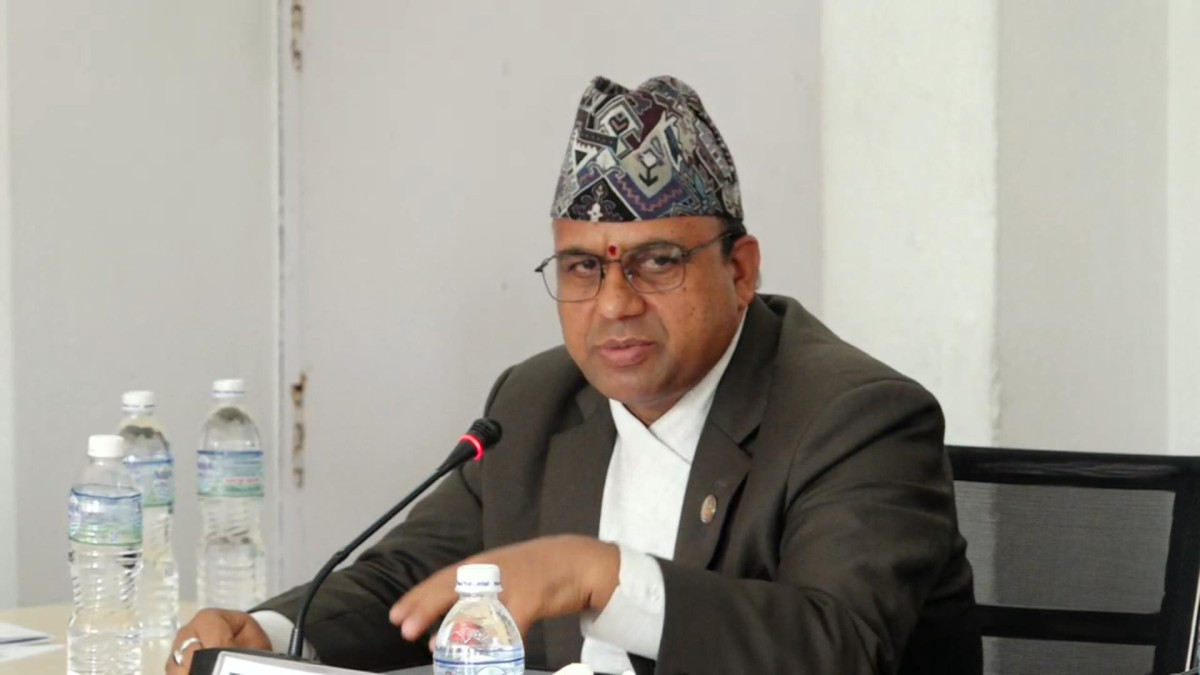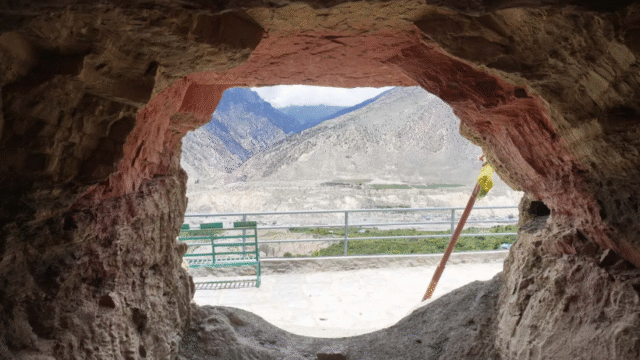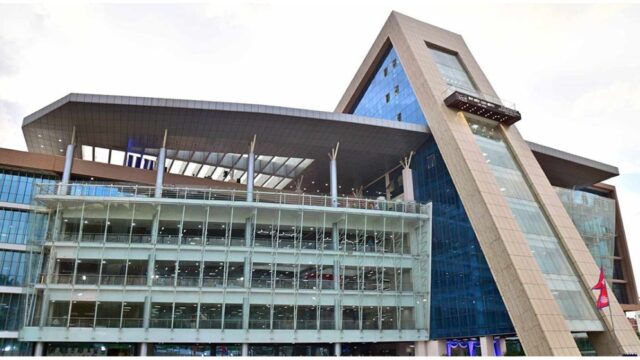Minister for Culture, Tourism, and Civil Aviation, Badri Prasad Pandey, has announced that he will be traveling to France to advocate for the inclusion of Tilaurakot in Nepal’s Lumbini region on the UNESCO World Heritage List. Speaking during a meeting of the International Relations and Tourism Committee on Friday, Minister Pandey emphasized the government’s long-standing commitment to getting Tilaurakot internationally recognized as a World Heritage Site.
Government’s Priority Agenda
Addressing the parliamentary committee, Minister Pandey explained that placing Tilaurakot on the World Heritage List is one of the key agendas of the Government of Nepal. He is set to participate in the upcoming World Heritage Committee meeting scheduled to take place in Paris. The minister highlighted that the inclusion of Tilaurakot has been a continuous effort of the government for the past ten years, and he is traveling to France on July 7 as part of that mission.
“The World Heritage Committee meeting will be held in Paris, and our main agenda is to include Tilaurakot in the World Heritage List,” Minister Pandey said. “We’ve been working on this for the past ten years. The process is complex and requires diplomatic support, and the government has invested significant resources in studies and documentation.”
Committee’s Majority Vote Required
Minister Pandey further elaborated on the process, noting that the final decision for a site to be listed depends on a majority vote from the 21-member World Heritage Committee. He shared that the committee comprises representatives from various countries, including key Asian nations such as India, Qatar, Japan, and South Korea. Nepal has been lobbying for their support and preparing necessary evidence to make a strong case.
“There are 21 countries on the committee. A decision is made based on a majority vote,” he said. “Among these are several influential Asian countries like India, Qatar, Japan, and Korea. We’ve been engaging with them and other nations for years. It’s a very strategic and resource-intensive process.”
Archaeological Significance of Tilaurakot
Minister Pandey also shed light on the rich archaeological value of Tilaurakot. He stated that scientific studies and research have confirmed that Tilaurakot was a well-planned urban settlement with advanced infrastructure long before the modern era. The site includes ancient parks, city layouts, and even signs of early industrialization. These findings, he emphasized, make Tilaurakot a strong candidate for UNESCO’s World Heritage designation.
“Numerous archaeological artifacts have been discovered in Tilaurakot. Research shows it was an organized city with parks, urban infrastructure, and signs of industrial development, all present in ancient times,” the Minister said. “These elements have been verified by scientists and historians.”
Challenges in the Process
Highlighting the challenges involved in the heritage listing process, Minister Pandey said the government has faced numerous obstacles, including securing international support and fulfilling UNESCO’s strict technical and procedural requirements. He pointed out that despite Nepal’s persistent efforts, the final hurdle lies in diplomatic negotiations and garnering votes from member nations.
“There are a lot of complexities, who will support us, who won’t. Despite all our efforts and documentation, we still need to secure majority backing in the committee. We have made progress, but we must continue diplomatic outreach,” he said.
Long-Term Vision for Cultural Preservation
Minister Pandey reiterated that the inclusion of Tilaurakot in the World Heritage List is not just about international recognition but also about preserving Nepal’s ancient cultural and historical heritage. He said that such a designation would not only uplift the global profile of Tilaurakot but also help protect it for future generations and boost sustainable tourism in the region. “The aim is not just to gain international recognition but to safeguard our heritage for the future and promote responsible tourism,” he added.
Minister Pandey’s upcoming trip to Paris marks a significant moment in Nepal’s heritage diplomacy. With years of research, advocacy, and cultural diplomacy behind the push, all eyes will now be on the World Heritage Committee’s deliberation as Nepal makes a renewed case for Tilaurakot, believed to be the ancient capital of the Shakya kingdom and linked to the early life of Gautama Buddha.
As Minister Pandey prepares to take Nepal’s case to the global stage, there is hope that this historic site will finally get the recognition it deserves on UNESCO’s prestigious list.






